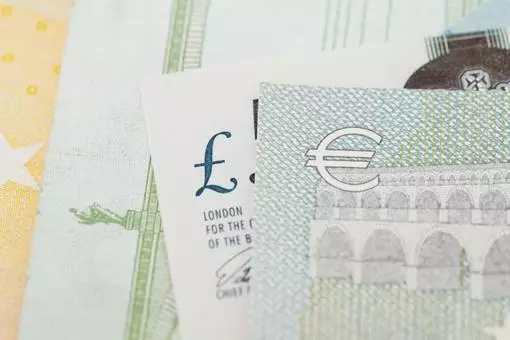Electric vehicles reimbursement rules ‘partially’ clarified by HMRC
- 23rd October 2015
- Business & Economy

There has been some confusion surrounding HM Revenue and Customs (HMRC) guidelines regarding how fleets can reimburse drivers who use electric company cars.
The distinction between business and private miles is a main issue, because rules that apply to petrol and diesel company cars - advisory fuel rates (AFRs) - do not apply to electric fleet vehicles (EVs).
Not a fuel
This is because electricity is not considered to be a fuel, and without a reliable fuel cost figure a whole life cost for fleet EVs is difficult, if not impossible, to calculate.
Employees who recharge their cars at work face further uncertainty in regards to the tax implications. The overall effect is that many big operators are holding back on using EVs for company fleets.
HMRC has now moved to clarify the issues by addressing fleet managers at the ACFO Autumn Conference.
Actual costs
HMRC's Elizabeth Ward-Lewis said: “Electric cars don’t have any AFR rates, so that means you should be using the actual costs of charging vehicles.”
Ward-Lewis explained: “Electric cars owned by an employee can claim AMAPs [Approved Mileage Allowance Payments] and it’s the same rate as petrol or diesel [45 pence per mile],” and pointed out that privately owned EVs used for business trips can garner a benefit.
However, an employee who charges his or her private EV at work would face a 'benefit in kind' tax on the cost of the electricity that is used.
Other News
The impact of the Brexit deal on the accountancy sector
After months of uncertainty and political wrangling, a Brexit deal was finally announced on Christmas Eve 2020. The deal includes…
5 Essential elements of a winning business development plan
The first step to building or expanding a business is creating a concrete business development plan. Entrepreneurs will find plenty…
How strategic business planning can help you through 2020?
Every business operates with the goal of growth, but only a few manage to beat the competition at every curve.…


